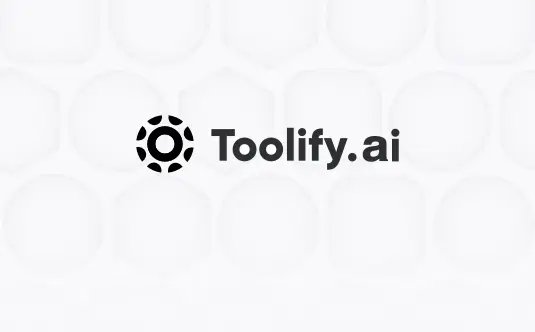Glass offers the following core features: - AI-assisted diagnosis - Clinical decision support - Analysis of patient data - Recommendations for diagnosis and treatment - Integration with electronic medical record systems
Best 2 ai assisted diagnosis Tools in 2025
Glass, ADHDtest.ai are the best paid / free ai assisted diagnosis tools.

 39.37%
39.37%What is ai assisted diagnosis?
AI-assisted diagnosis is a rapidly developing field that leverages artificial intelligence techniques to enhance the accuracy and efficiency of medical diagnosis. By analyzing various patient data, such as medical images, lab results, and clinical history, AI algorithms can assist healthcare professionals in identifying diseases and conditions more accurately and quickly. This technology has the potential to revolutionize healthcare by improving patient outcomes, reducing diagnostic errors, and optimizing resource allocation.
What is the top 2 AI tools for ai assisted diagnosis?
Core Features
|
Price
|
How to use
| |
|---|---|---|---|
Glass | To use Glass, simply log in to the website and enter the relevant patient information. The platform uses AI algorithms to analyze the data and provide recommendations for diagnosis and clinical decisions. | ||
ADHDtest.ai | Comprehensive ADHD test available online | Answer the quiz questions to see if you have symptoms of ADHD and get a fast and accurate diagnosis from the comfort of your own home. |
Newest ai assisted diagnosis AI Websites
ai assisted diagnosis Core Features
Machine learning algorithms for pattern recognition and classification
Deep learning models for analyzing complex medical data
Natural language processing for extracting insights from clinical notes
Integration with electronic health records for comprehensive patient analysis
What is ai assisted diagnosis can do?
Radiology: AI algorithms can analyze medical images, such as X-rays, CT scans, and MRIs, to detect abnormalities and assist radiologists in making accurate diagnoses.
Pathology: AI can help pathologists analyze digital slides of tissue samples, identifying cancerous cells or other abnormalities more efficiently.
Dermatology: AI-based systems can analyze skin lesion images to assist dermatologists in diagnosing skin cancer and other conditions.
Cardiology: AI can analyze ECG data and other cardiac-related information to help cardiologists identify heart disorders and predict patient outcomes.
ai assisted diagnosis Review
Users and healthcare professionals have generally provided positive feedback on AI-assisted diagnosis tools, highlighting their potential to improve diagnostic accuracy and efficiency. However, some concerns have been raised regarding the interpretability of AI decisions, the need for robust validation, and the importance of human oversight. Overall, the consensus is that AI-assisted diagnosis is a promising technology that can significantly benefit healthcare when properly implemented and integrated with human expertise.
Who is suitable to use ai assisted diagnosis?
A patient undergoes a chest X-ray, and the AI system analyzes the image, detecting a potential lung nodule that might have been missed by the radiologist.
A primary care physician inputs a patient's symptoms and medical history into an AI-powered diagnostic tool, which suggests possible conditions and recommends appropriate tests or referrals.
How does ai assisted diagnosis work?
To implement AI-assisted diagnosis, healthcare organizations need to invest in data infrastructure, AI algorithms, and trained personnel. The process typically involves collecting and preprocessing patient data, training and validating AI models, and integrating the AI system into the clinical workflow. Healthcare professionals can then use the AI-generated insights to support their decision-making process, while still relying on their expertise and judgment for the final diagnosis.
Advantages of ai assisted diagnosis
Improved diagnostic accuracy and reduced errors
Faster diagnosis and treatment initiation
Increased efficiency and productivity of healthcare professionals
Enhanced patient outcomes and satisfaction
Reduced healthcare costs through early detection and prevention
FAQ about ai assisted diagnosis
- What is AI-assisted diagnosis?
- How does AI-assisted diagnosis work?
- Is AI-assisted diagnosis replacing human doctors?
- What are the benefits of AI-assisted diagnosis?
- In which medical specialties is AI-assisted diagnosis being applied?
- What are the challenges in implementing AI-assisted diagnosis?
More Categories
Featured*


 33.23%
33.23%
